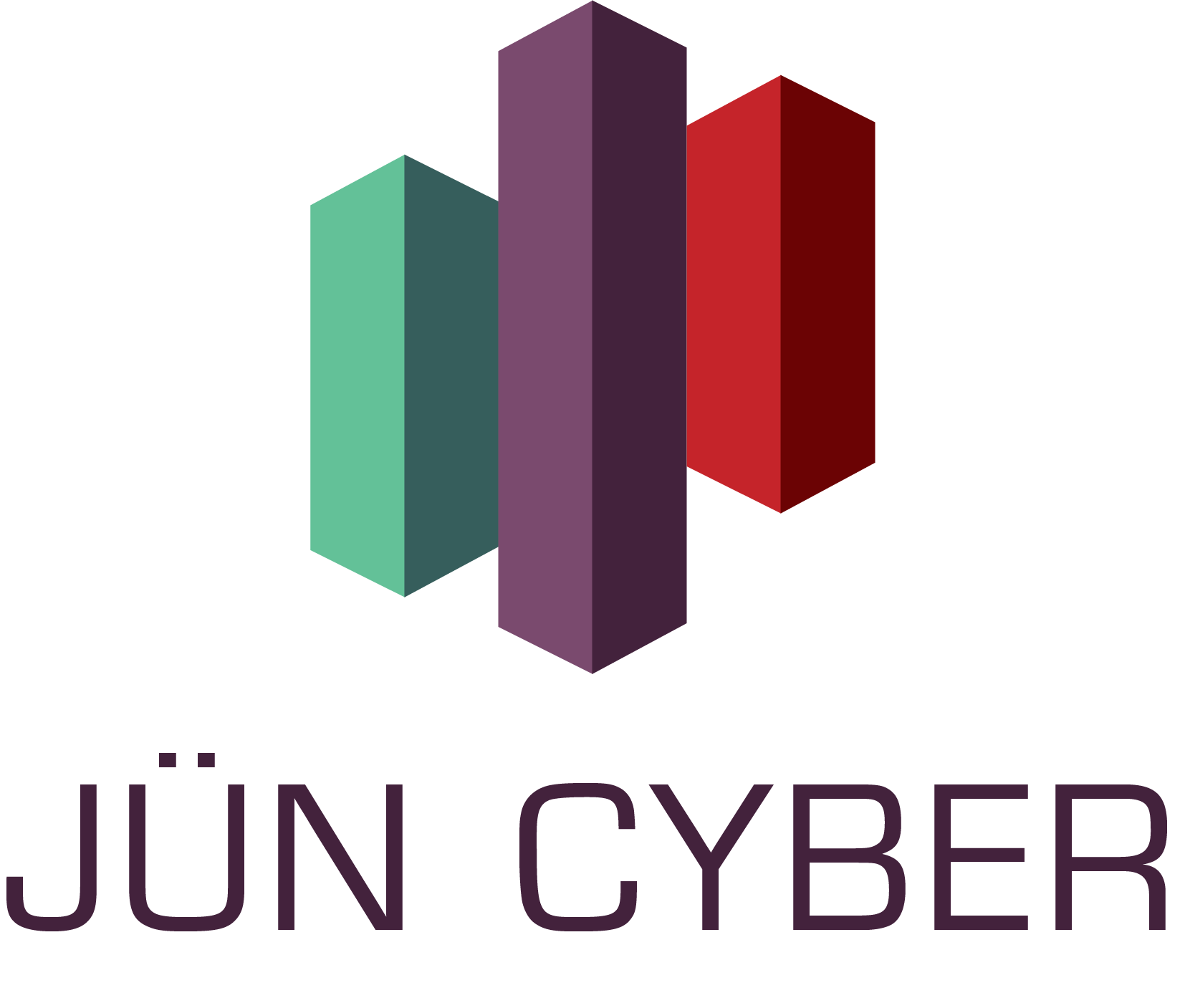
Pentagon Releases Key CMMC Contracting Rules: A Guide for Contractors
In a pivotal move aimed at bolstering cybersecurity within the defense sector, the Pentagon has issued new key rules for contracting under the Cybersecurity Maturity Model Certification (CMMC). This update has significant implications for defense contractors and stakeholders in the cybersecurity landscape. In this blog, we will delve into the specifics of these new regulations and explore their potential impact.
Understanding CMMC: A Brief Overview
The Cybersecurity Maturity Model Certification (CMMC) was introduced by the Department of Defense (DoD) to enhance the protection of sensitive information in the Defense Industrial Base (DIB). The model mandates that contractors demonstrate specific cybersecurity maturity levels before qualifying for DoD contracts. This multi-level certification process aims to ensure that cybersecurity protocols are uniformly implemented.
The New Contracting Rules: What’s Changing?
The recently released rules bring significant changes to how contractors must approach CMMC compliance. One of the key aspects of these regulations is the requirement for contractors to achieve a specific level of CMMC certification depending on the nature and sensitivity of the DoD contracts they are bidding on. This is a shift from the earlier version where the focus was more on self-assessment.
Key Points to Note
- Mandatory Certification: Contractors can no longer rely on self-assessment and must obtain a certification from an accredited third-party organization.
- Tiered Implementation: The rules introduce a tiered implementation schedule that gradually phases in the requirements, allowing contractors time to adjust and comply.
- Transparency and Accountability: Detailed guidelines on record-keeping and accountability measures are now part of the new rules, ensuring better enforcement and oversight.
Impact on Defense Contractors
The updated rules are expected to have a considerable impact on defense contractors, both large and small. While larger firms may have already incorporated robust cybersecurity measures, small and medium-sized enterprises (SMEs) might find the compliance process more daunting and resource-intensive.
Challenges Ahead
- Costs: Implementing the necessary cybersecurity measures and obtaining certification can be financially burdensome, particularly for SMEs.
- Time-Consuming: Achieving the required CMMC level involves comprehensive audits and assessments, which can be time-consuming.
- Competitive Disadvantage: Companies that fail to comply in a timely manner risk being excluded from lucrative DoD contracts.
Opportunities for Growth
- Enhanced Security: The new rules will lead to a more secure defense supply chain, reducing vulnerabilities to cyber threats.
- Competitive Advantage: Early adopters and those with robust cybersecurity measures in place will benefit from a competitive edge in securing DoD contracts.
- Innovation: The need for compliance may drive innovation in cybersecurity practices and technologies within the industry.
Steps for Ensuring Compliance
For contractors looking to navigate the new CMMC requirements, here are some critical steps to ensure compliance:
Assess Your Current Cybersecurity Posture
Conduct a thorough assessment of your current cybersecurity measures to identify gaps and areas for improvement. Utilize resources such as the National Institute of Standards and Technology (NIST) guidelines to benchmark your practices.
Engage a CMMC Third-Party Assessment Organization (C3PAO)
Since self-assessments are no longer sufficient, engaging an accredited C3PAO is essential. These organizations will evaluate your compliance status and provide the necessary certification.
Implement Necessary Security Controls
Based on the assessment, implement the required security controls to achieve the desired CMMC level. This may involve upgrading your systems, training staff, and instituting rigorous cybersecurity protocols.
Maintain Continuous Compliance
Compliance is not a one-time activity. Regularly review and update your cybersecurity measures to ensure ongoing adherence to CMMC requirements. Stay informed about changes in regulations to adapt promptly.
Conclusion
The release of the new CMMC contracting rules by the Pentagon marks a significant development in the defense sector’s cybersecurity landscape. While the path to compliance may pose challenges, it also presents opportunities for growth and enhanced security. Contractors must take proactive steps to assess their current posture, engage accredited assessors, implement necessary controls, and maintain continuous compliance. By doing so, they can secure their place in the defense supply chain and contribute to a more resilient national defense infrastructure.
If you need expert guidance on navigating these new cybersecurity requirements, Jun Cyber is here to help. Our team of specialists is dedicated to assisting defense contractors in achieving and maintaining CMMC compliance. Schedule a free consultation with us today and take the first step towards a secure and compliant future.
For more details, visit our website: www.juncyber.com
Reference: Pentagon Releases Key CMMC Contracting Rules
